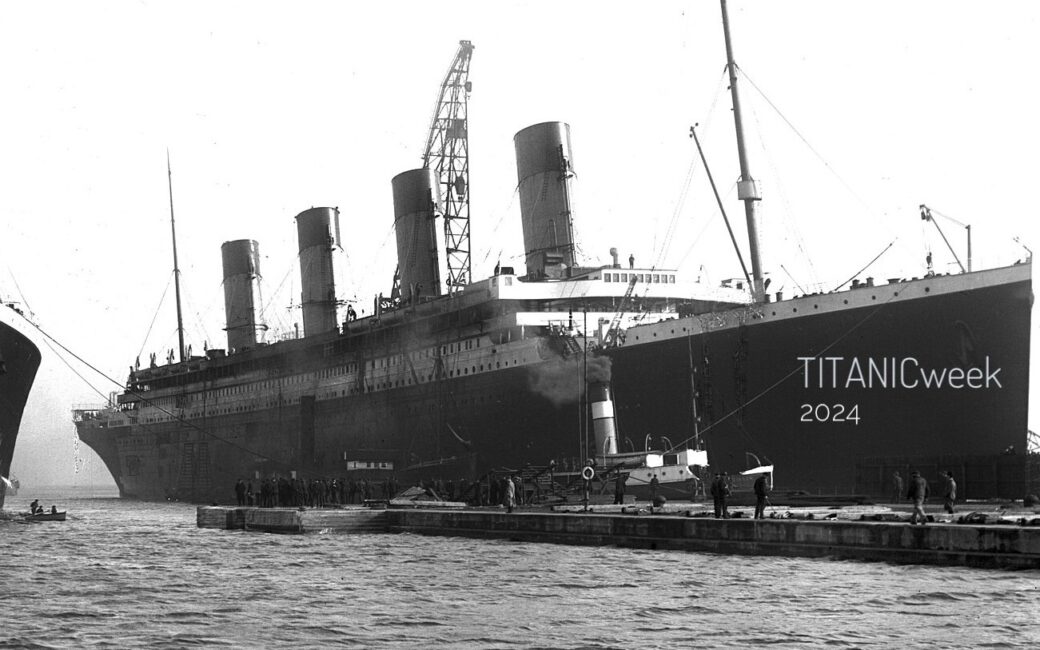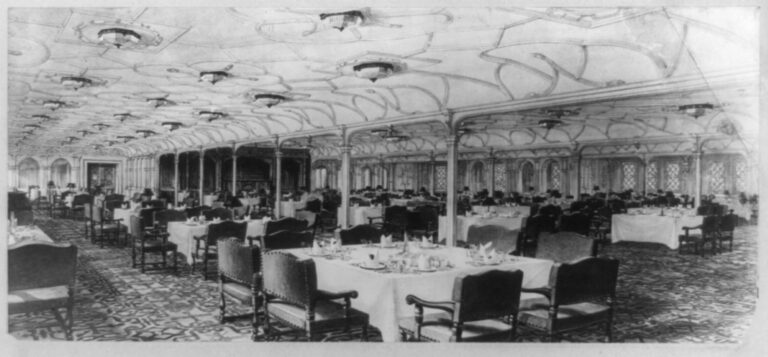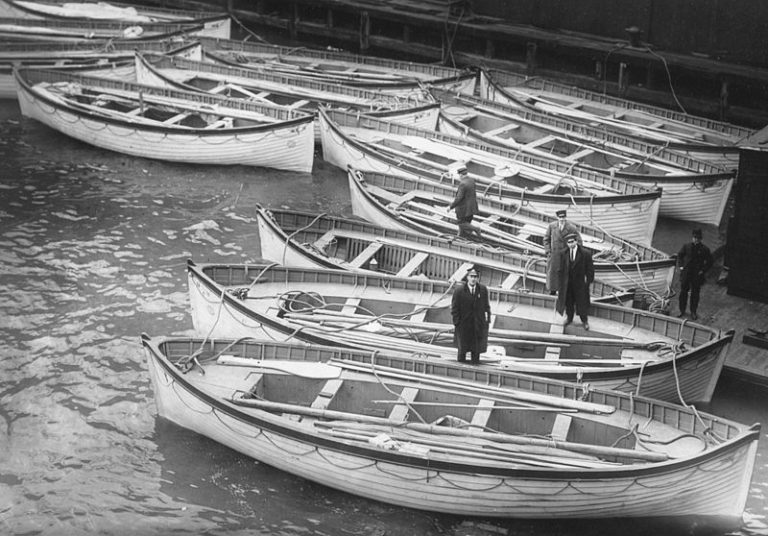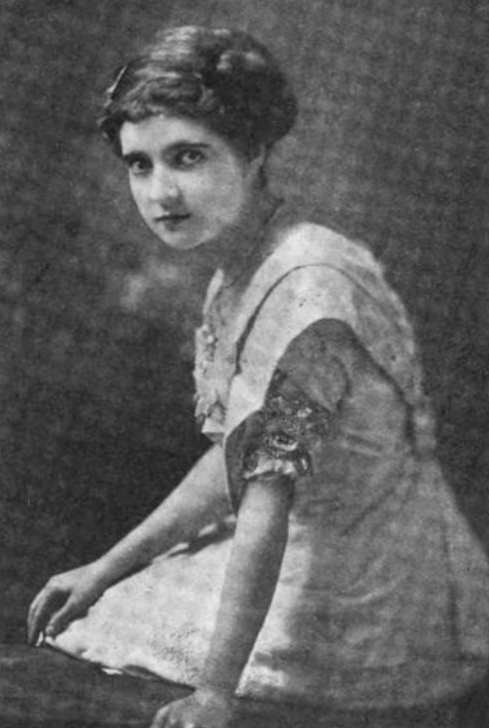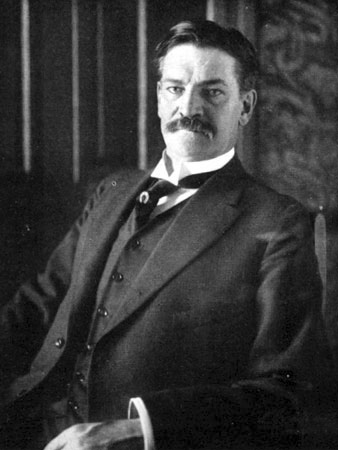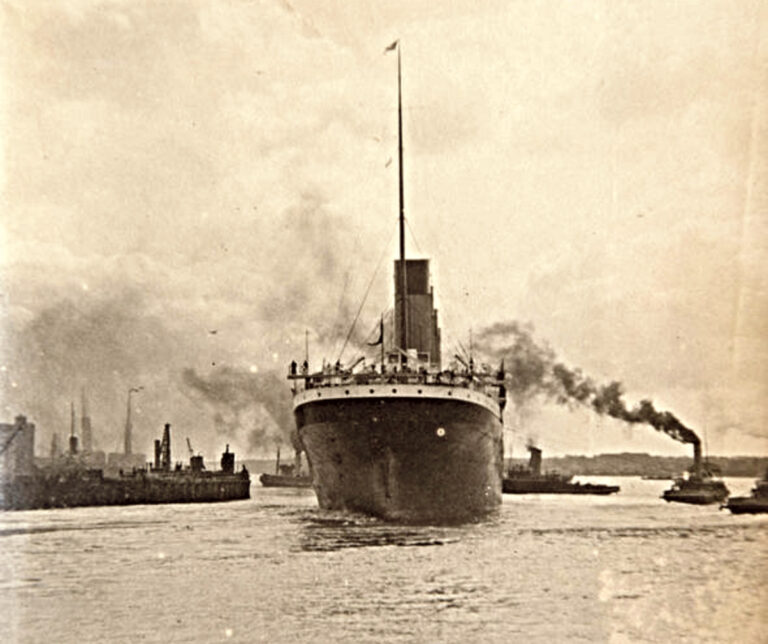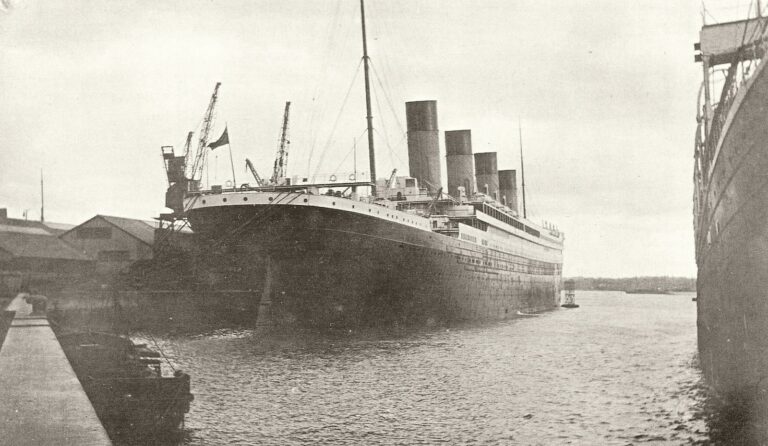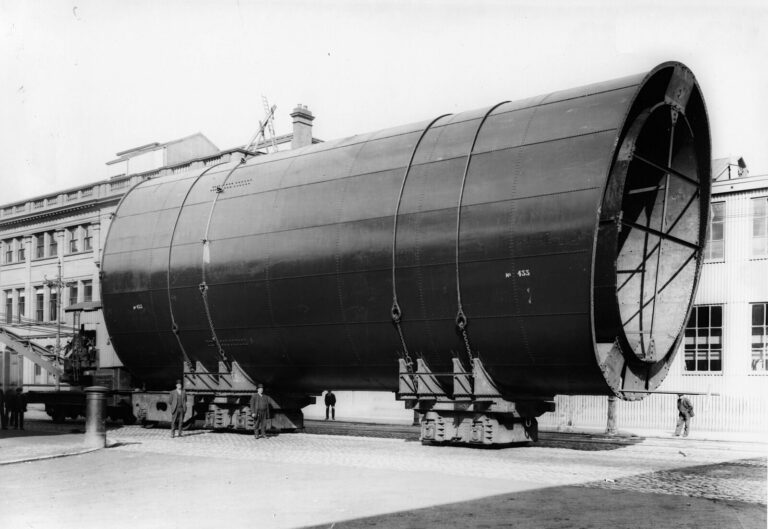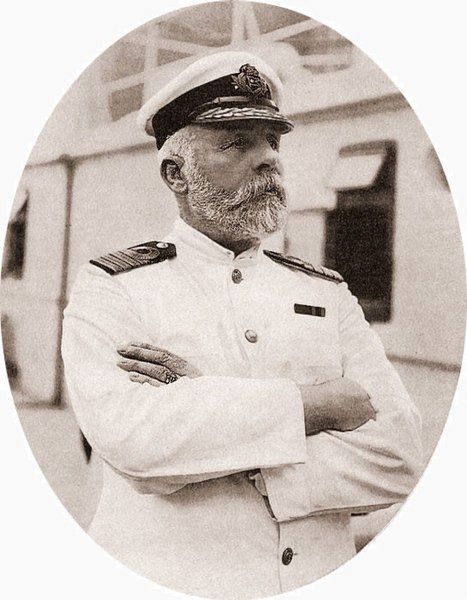Frederick Dent Ray was 32 years old when he signed onto Titanic’s crew on April 4, 1912.
He had set out for sea at just 17 years old, and appears to have travailed ports around the globe.
When the Second Boer War came, he enlisted in the Prince of Wales’s Light Horse Infantry. A bout of enteric fever—more commonly known as typhoid—eventually got Frederick booted from service, and he was returned back to England.
But Frederick did not settle in at home quite yet.
He soon took himself to South Africa, and he joined the Cape Mounted Police. He there engaged in Lord Methuen’s final wartime campaign.
Frederick returned again to England after that, entirely unscathed.
By 1908, he was a married man. He and his wife Annie initially settled in Southampton, but census records find them in Reading by 1912.
Frederick put himself back out to sea, undertaking employment with the White Star Line as a First-class saloon steward. Per his own description, Frederick’s duties were “to wait at the tables and set the saloon generally. That is all.”
Most notably, Frederick served on the R.M.S. Olympic for an extended period. He was even on board in September of 1911, when the Olympic collided with the H.M.S. Hawke.
On board Titanic, Frederick was assigned the attendance of particular First-class passengers for the duration of the trip.
His passengers included celebrated artist Frank Davis Millet, Mr. Clarence Moore, the Clarks, and Major Archibald Butt, a close and coveted aide to American President Howard Taft.
On the evening of April 14th, Frederick was waiting starboard-side tables in the dining room.
That particular night, he waited upon Mr. Millet and Mr. Moore as they dined together—but not Major Butt, as he had been extended an invitation to the Wideners’s dinnner-time gala for Captain Smith. This was taking place on the opposite side of the very large saloon.
Frederick’s shift was to end at 9:00 p.m.
After work, Frederick retired to his cabin at about 10:30 p.m.
Frederick’s cabin was located aft on E-Deck, and was designated as Room 3. He shared this “saloon waiters’ quarters” with 27 other stewards.
Frederick was asleep when Titanic collided with the iceberg, and the impact aroused him from sleep. He later described it as “a shock. Similar to a train being pulled up in the station.”
He thought only that something had gone awry with the engines and laud awake for a few minutes.
Another steward, who was Frederick’s superior, then instructed him to get out of bed right away, because the ship had struck an iceberg. It was serious, he said, and they needed to get to their stationed lifeboats.
Frederick thought he was kidding. And so he laid in bed a bit longer before falling back to sleep.
When Frederick next awoke, a colleague was standing in the doorway, shouting, “All hands to the boats!”
And so Frederick finally got up, dressed and donned a life vest, and made his way to the boat deck.
On C Deck, he met with a colleague, Second Steward George Dodd, who instructed Frederick to go find another lifebelt. Frederick searched through five staterooms before locating the item and returning it to George.
Then Frederick continued up to the boat deck and his assigned boat, Lifeboat No. 9. This was located on the starboard side, which was overseen by First Officer William Murdoch.
Once Frederick arrived, he saw that things were “dragging” and felt very cold.
Senator SMITH.
When you got to lifeboat No. 9 and saw those 8 or 10 men standing around it and one or two passengers and no women, what took place?
Mr. RAY.
I went to the rail and looked over and saw the first boat leaving the ship on the starboard side. By that time I was feeling rather cold, so I went down below again, to my bedroom, the same way that I came up.
And so Frederick went back down to the stewards’ quarters on E-Deck to grab an overcoat.
While there with his open suitcase, Frederick took a moment to grab some handkerchiefs, which he said he “had a good supply of” thanks to his wife. He also had the presence of mind to grab toiletries like his toothbrush and shaving gear.
“I thought wherever I was next...” he later recalled, “I should require them.”
Frederick began making his way back up to the boat deck.
En route, he saw the alleyway called Scotland Road was deserted, and E-Deck was flooding.
Frederick then ran into First-class passenger Martin Rothschild on the stairwell, whom Frederick knew from his prior stint on Olympic. The two men spoke briefly about the accident.
"I spoke to him and asked him where his wife was. He said she had gone off in a boat. I said, 'This is rather serious.' He said, 'I don't think there's any occasion for it.'" So we walked leisurely up the stairs until I got to A deck and went through the door."
Martin Rothschild would not survive.
That conversation was not all that Frederick Dent Ray attested to, regarding his second trek to the boat deck.
On the way up, I saw the purser with five of the staff of the pursor's office with the safes open, and they had mailbags there. They were putting the jewels and jewel boxes into the mailbags… and talking, chatting one to the other. I continued… on my way up to the boat deck, and on the way up, I heard a fiddle. I wondered whoever was playing a fiddle at that time? ... and [it] transpired afterwards that it was a band. I thought it might be a passenger playing a fiddle…
they weren't playing any tune… they were tuning on the fiddle.
Frederick thereafter reported to Lifeboat 9 and assisted passengers in boarding, then moved to Lifeboat 11 to do the same. Some were reticent; some were recalcitrant.
Frederick then proceeded down to the next lifeboat—No. 13–which he stated was about half-full with women and children. The sailors then instructed men to board, in order to help in rowing the boat.
It was then he spotted First-Class passenger Washington Dodge, with whom Frederick had already become acquainted.
"I met him on the Olympic in on the previous occasion and I persuaded him to come on the... come back on the Titanic. And of course, when we sailed from Southampton, I recognised him, and we had a chinwag and talked to one another, and he had a wife and a little boy about four years old, about [?] of that. And... I said, Where's your little... where's your wife and little boy? He said, well, he said, they've gone in another boat. And I said, well, I said come on. I said you get in this boat. We want somebody to row."
Frederick then followed Mr. Dodge into Lifeboat 13.
There, as Frederick recalled, a woman was in the midst of a panic attack. And Frederick in turn seems to have lost his patience.
"She was crying all the time and saying, 'Don't put me in the boat; I don't want to go in the boat; I have never been in an open boat in my life. Don't let me stay in.' I said, 'You have got to go, and you may as well keep quiet.'"
One of the sailors then dropped a bundled baby down into Frederick’s arms, with its mother climbing down into the lifeboat shortly thereafter.
Lifeboat 13 had a harrowing descent. It was “jumpy” and uneven according to Frederick, but it also nearly killed its passengers.
Nearing the water, Frederick and others foresaw danger.
…we got nearly to the water, when two or three of us noticed a very large discharge of water coming from the ship's side, which I thought was the pumps working. The hole was about 2 feet wide and about a foot deep, a solid mass of water coming out from the hole. I realized that if the boat was lowered down straight away the boat would be swamped and we should all be thrown into the water. We shouted for the boat to be stopped from being lowered, and they responded promptly and stopped lowering the boat.
The men used the lifeboat’s oars to push away from the boat, but their escape was hardly over.
Because there were no sailors in the boat, none of the occupants seemed to know how to cut the lifeboat loose from the ropes.
And the discharging water had pushed Lifeboat 13 aft.
Directly under Lifeboat 15, which was descending with rapidity.
People screamed for knives to cut the falls, and the men—most notably Lead Stoker Fred Barrett—frantically severed the ropes.
Lifeboat 15 came within two feet of crushing to death the 60-plus people in Lifeboat 13.
Once away from the ship—a decision that Frederick Dent Ray claimed he had objected to—Fred Barrett was elected in charge of the tiller.
And so Frederick Dent Ray, along with other able-bodied men, rowed throughout the night.
We pushed out from the side of the ship. Nobody seemed to take command of the boat, so we elected a fireman to take charge. He ordered us to put out the oars and pull straight away from the ship. We pulled all night with short intervals for rest. I inquired if the ladies were all warm, and they said they were quite warm and they had a blanket to spare. There seemed to be very little excitement in the boat. They were all quite calm and collected.
Later, in a letter to Titanic historian Walter Lord, Frederick explained how the handkerchiefs he had pocketed from his suitcase, came in handy to help the men on board stay warm.
"...of course you know that after going up to my lifeboat, I went back for my overcoat & looking in my (bunk?) I saw 6 handkerchiefs which were to become very useful as the people in the boat were complaining of the cold to their heads, so I told them to tie a knot in each corner & they had a very good improvised cap, Mrs W.Dodge had one, & in the morning, six heads were crowned."
Frederick also recalled in an earlier letter to Mr. Lord that he had accidentally absconded from Titanic with two salt spoons in his pocket. A mistake, he swore it was, and not petty larceny.
My wife has just reminded me that I have not told you how I came to have 2 salt spoons in my pocket on that night. She is afraid you might think that I was going to pinch them, how it happened was in cleaning the table it meant going the length of the saloon to put them in the side board drawer...
Frederick Dent Ray was called to testify on Day 9 of the American Senate Inquiry. He was not summoned to appear at its British counterpart.
Frederick Dent Ray would turn out to be one of the Titanic’s longest-lived survivors overall, as well as the longest-lived surviving crewmember.
He died in 1977, aged 97.
